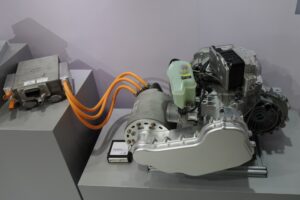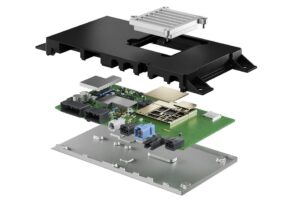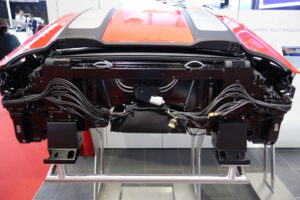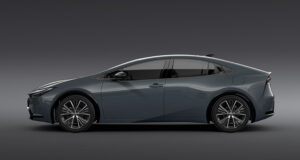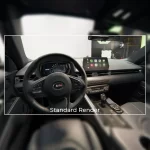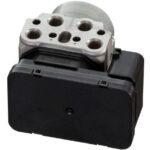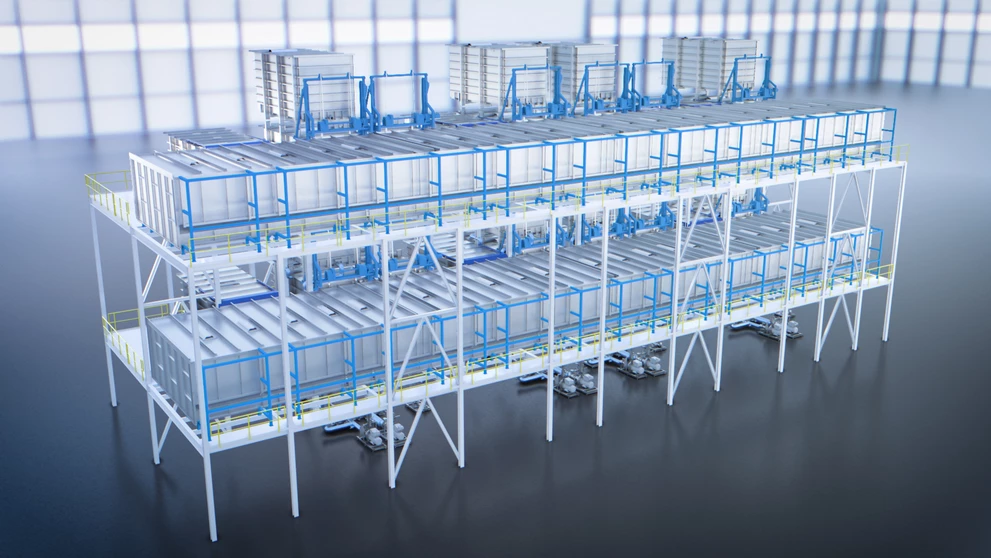
The EcoProWet PT pretreatment system consists of a space-saving modular chamber instead of large immersion tanks.
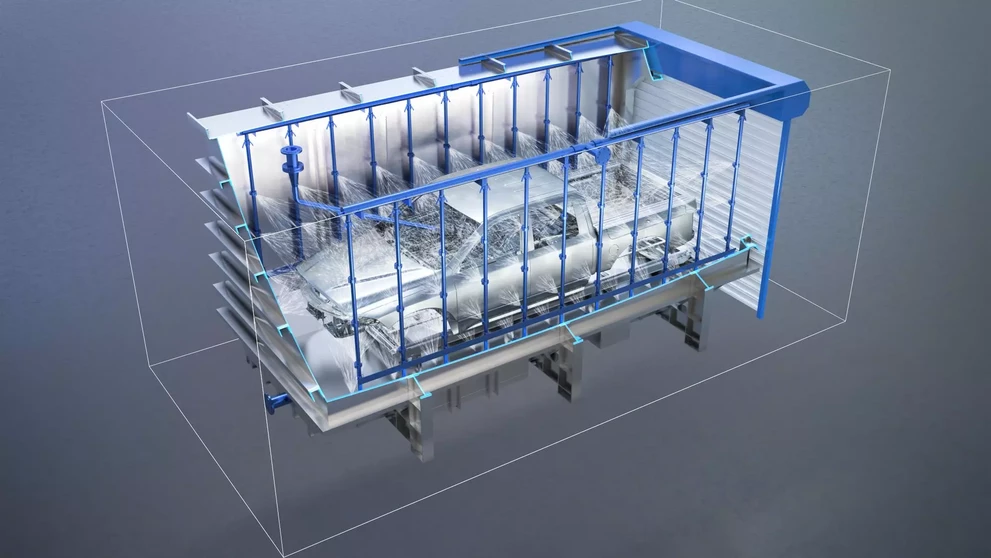
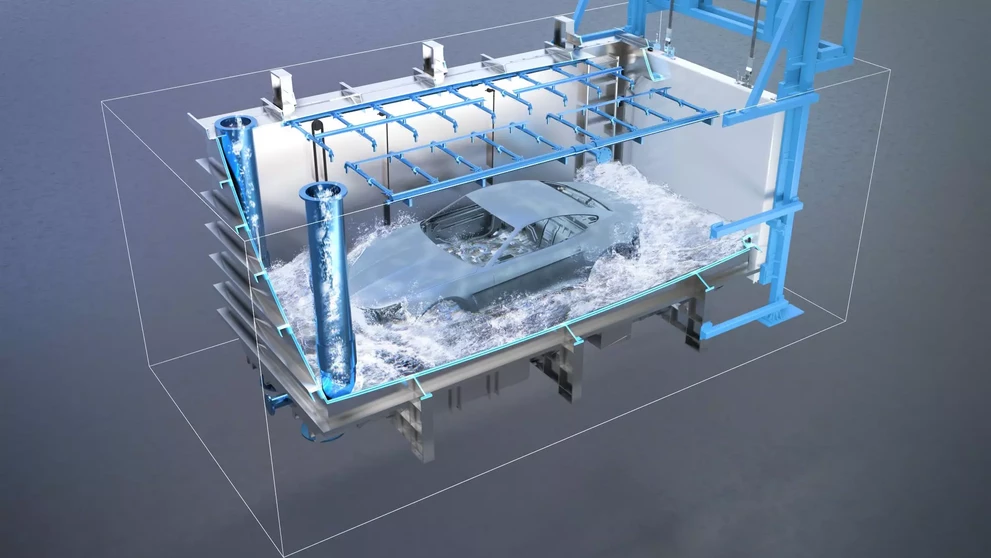
Instead of using large tanks, the innovative system design from Dürr envisages compact chambers, which are flooded or designed as spray chambers depending on the process step. At the process level, the body is loaded through a roller shutter door into the tunnel on the cross transfer cars, which bring them to the respective process chambers. For future series systems, up to five of these cross transfer cars are planned, which work in previously defined sections and bring the bodies to the chambers.
Like the chambers themselves, all elements of the system have a modular design not only for efficient logistics, but also short assembly and commissioning times during construction. This applies to the tunnel, the steel structure, the conveyor technology and the door that securely seals the flooding chamber. Thanks to the solid construction, it can withstand the water pressure even during flooding or when the chamber is completely full. The optional insulation in the door greatly contributes to the system’s energy efficiency by reducing the amount of heat loss to a minimum.
In the spray chamber, the bodies are treated using a large number of nozzles, which can be directed to different areas and can be flexibly switched on and off according to the size and shape of the bodies. In this way, even critical areas like door sills can be reached. A lance with a special rotating nozzle also ensures targeted and efficient cleaning of the interior.
In the flooding chamber, the treatment fluid is fed into the chamber from a buffer tank located above. The resulting momentum further helps to clean the body, and only as much fluid is used as needed for the respective size of the car body. The filtration process to recycle the cleaning fluid takes place in the full volume flow on the way back from the counter tank to the buffer tank.
In series operation, the cycle times and system modules are coordinated with each other in such a way that the buffer tank is filled whenever fluid is needed. Since the pumps are likewise controlled in accordance with the actual need, the energy required for them to run can be reduced to a minimum.

